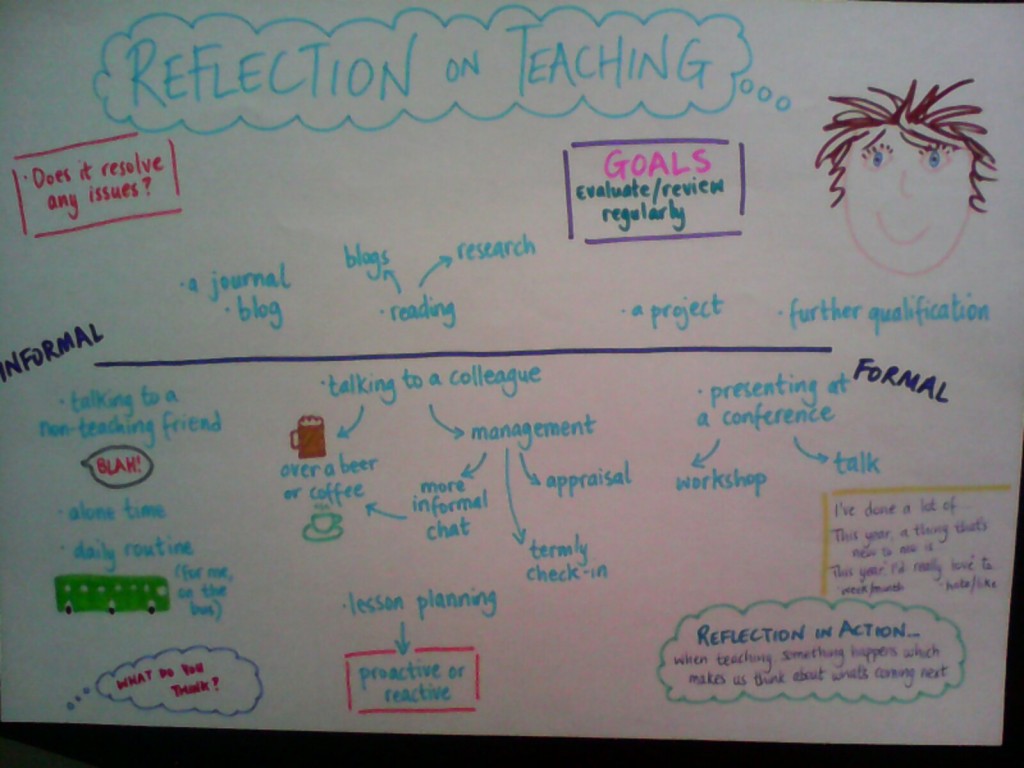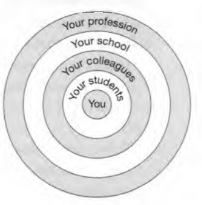Well, it turns out that it was ten years ago this month that I did the IH Young Learners course in Sevilla. It was a fabulous experience – full of useful theory, practical ideas and oh-so-enjoyable teaching practice and I met some wonderful teachers on the course, including Micaela who is still a good friend and fellow teacher/blogger.
Unfortunately, whilst I’ve retained a lot of the course information in my head, I hadn’t actually re-opened the folder I developed during the course in the past ten years and, as I’m having a bit of a clear-out, I’ve decided to take out bits which I had forgotten about and store them on here.
Ten years later #1 is based on a wonderful text about how YLs differ from adult learners, some of which I’ll summarise below:
Accuracy vs. Fluency – When we learn our first language, the emphasis is on communication rather than fluency and we should work on finding a balance between fluency and accuracy in our lessons, with both groups benefitting from activities which focus more on one than the other
Cognitive Ability – YLs are less able to deal with abstract concepts which has implications in terms of how we approach language learning – adults will be more able to deal with form and function as they have more awareness of how their L1 works
Direct and Indirect Learning – Adults have more skills at their fingertips to appreciate the ins and outs of the language and are often keener to develop an understanding of how the language works. On the other hand, YLs learn more indirectly
Energy Levels and Moods – Allow for flexibility when planning lessons to cater for changes in energy levels during the lesson. Although this is a factor we associate more with YLs, we should also be sensitive to the energy levels and moods of our adult learners who may be coming to class after a long day at work or be dealing with personal issues which affect them
Memory – YLs are sponges and able to learn very quickly. However, they lack the more developed memory skills of adults, who also have better learning strategies at their disposal
Motor Skills Development – This is an area we should be looking to develop with our YLs and be aware of their restraints during planning
Pronunciation – Adult learners can generally learn to make new sounds, though this will take a considerable amount of practice and may still not come naturally to them (sometimes I can roll my r, other days I can’t!). YLs enjoy mimicry and we often make use of drilling exercises in the YL classroom, but we shouldn’t be afraid of getting adults repeating ad infinitum if there is value to the activity
Social Skills – Generally speaking, adults have this pretty sorted, though they are still skills we should work on in our classes. YLs will require more support in this area with tasks which encourage co-operation, competition and interaction with peers


